Posted on: 16/07/2025
Our book-based approach celebrates great literary works and ignites excitement in writing through sharing high-quality texts together. The length of a text shouldn’t limit whether it is chosen for teaching writing but we understand that it can sometimes feel unachievable within the myriad of timetabling and curriculum demands. We also understand that from time-to-time it isn’t practical and can feel as though ‘there just aren’t enough hours in the day’. With our Writing Roots for longer novels we advise checking the learning sequence before you start, as sometimes it isn’t necessary to read the entire novel in order to work through the sequence.
Of course, we would always recommend sharing and enjoying a text together with children as part of the Writing Root process, however we have put together 5 top tips to help give you confidence in teaching using our Writing Roots with longer novels.
Display your text proudly in the classroom, where it is close to hand, so that you’ll always be able to grab it during those sneaky 5 or 10 minute moments in the day – they all add up! Often we convince ourselves that if we can’t make time for a complete chapter then it’s not worth opening the book. Some reading is better than no reading!
Look out for alternative ways of accessing the text too. You may be able to listen to it as an audio book at the start or end of the day. Be sure to check out your local library as they give access to some audiobooks too.
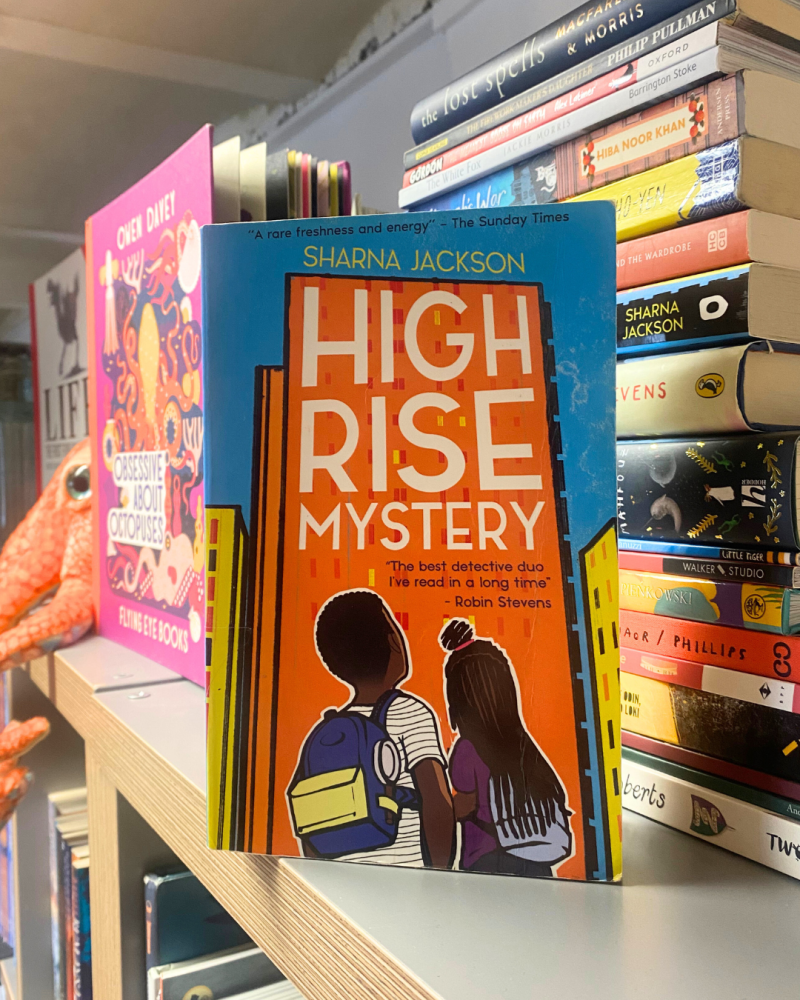
Have you seen our Literary Leaves? When schools make use of Literary Leaves resources alongside Writing Roots, we find that children gain a better understanding of texts and are able to dive deeper into the themes within them, applying these skills to other texts. Similarly, the Spelling Seed resources are a way of interweaving the text with necessary skills and these sit directly beside our Writing Roots. They offer an opportunity to acquire reading and spelling skills simultaneously, using the same Writing Root text and reducing the time needed to access the text. By accessing Spelling Seeds children are given greater opportunities to learn the origins of words and delve into the text through the lens of spelling, leading to spelling success!
Our Literary Leaf and Spelling Seed resources are designed to sit alongside Writing Roots, thematically linked, offering insights to morphology and etymology as well as comprehension skills. Be sure to get check them out!
Head across to the Classroom Trunk and you’ll discover a wealth of resources, including Vocabulary Vines. Our Vocabulary Vines are carefully planned resources that engage children with a text through developing oracy. These can be used as a whole class resource, or you could use them for some pre-teaching. If a child or small group of children need a boost to vocabulary and oracy around the text, you could provide regular 5 or 10 minute snippets of time for an oracy intervention that drives their understanding of the text forward simultaneously. Vocabulary Vines can be a brilliant source of word level exploration and certainly deserve some exploration of their own.
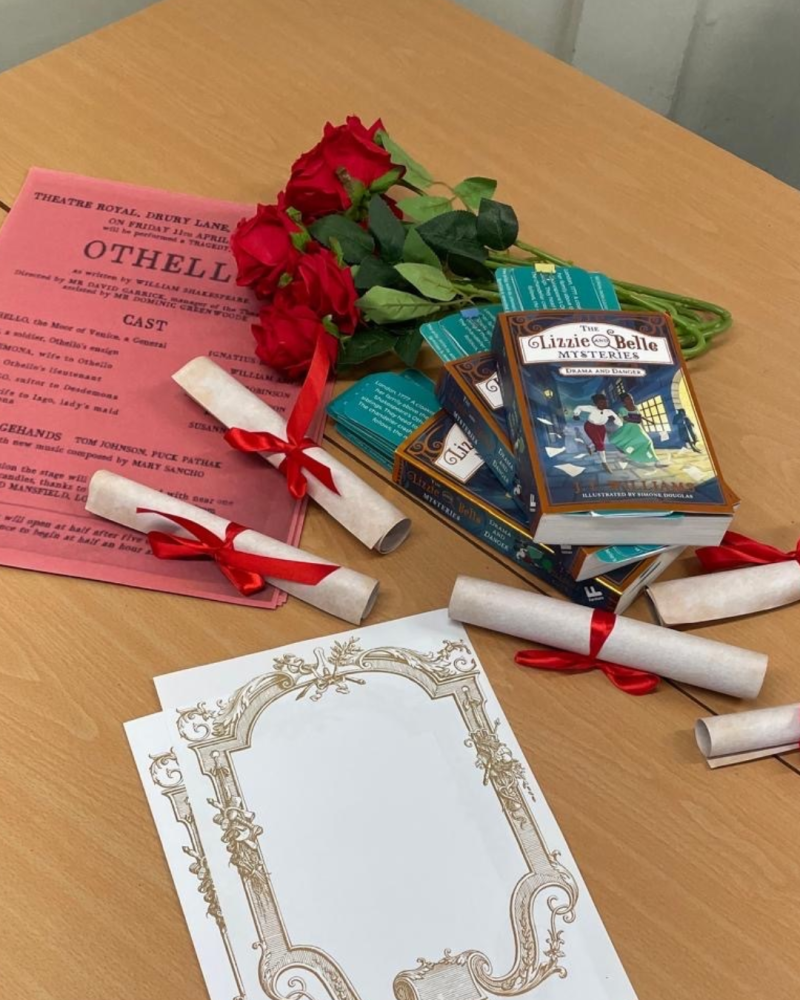
New for Literacy Tree: Bridging Bookmarks bridge gaps in reading and reduce the reading load within a Writing Root so that more focus and time can be given to the skill of writing. We are beginning to create these for longer novels, where relevant, based on feedback from our members.
While we would prefer a text to be read alongside the teaching of a Writing Root, we also understand that there are limitations for teachers. Bridging Bookmarks give overviews of the text content necessary in order to access the next session in the Writing Root. They will not provide detailed summaries of the novel but help keep the sessions focused on writing rather than reading. These are only available for Writing Roots for our longer novels where large sections of text need to be read.
Read the text yourself before beginning a Writing Root, enjoy it and use page markers to place hold where each session’s reading will reach. This way, you will have a clear idea of how much reading there is between sessions and when you may need to bridge a gap in reading for several chapters or chunks of the text. As you’ve read the text, you will be able to orally summarise events within it when needed with your class. Writing Roots are designed to support children with their writing skills and it is okay to summarise events in a book for them if needed.
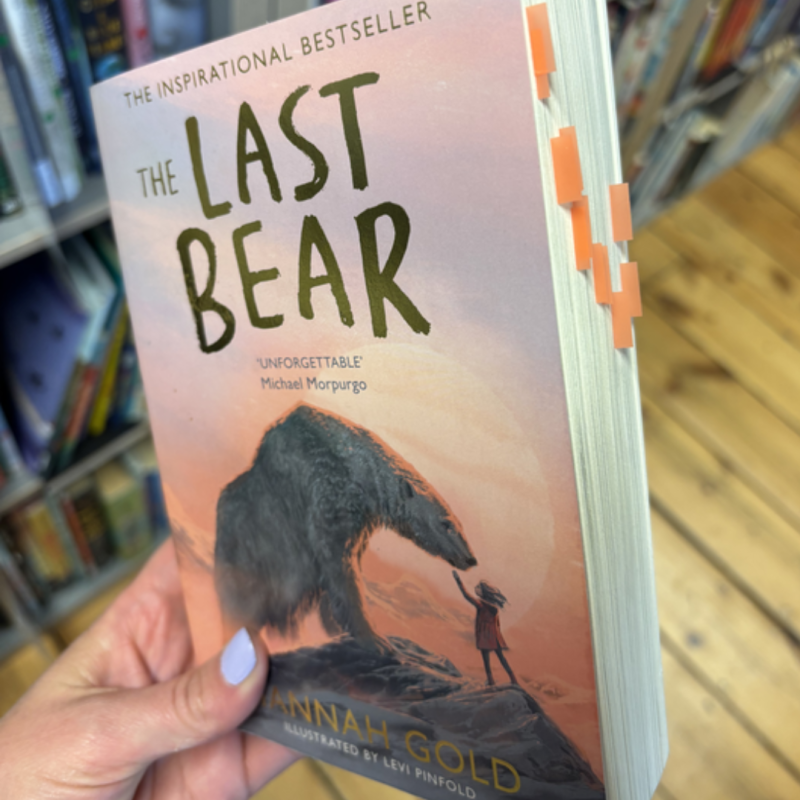
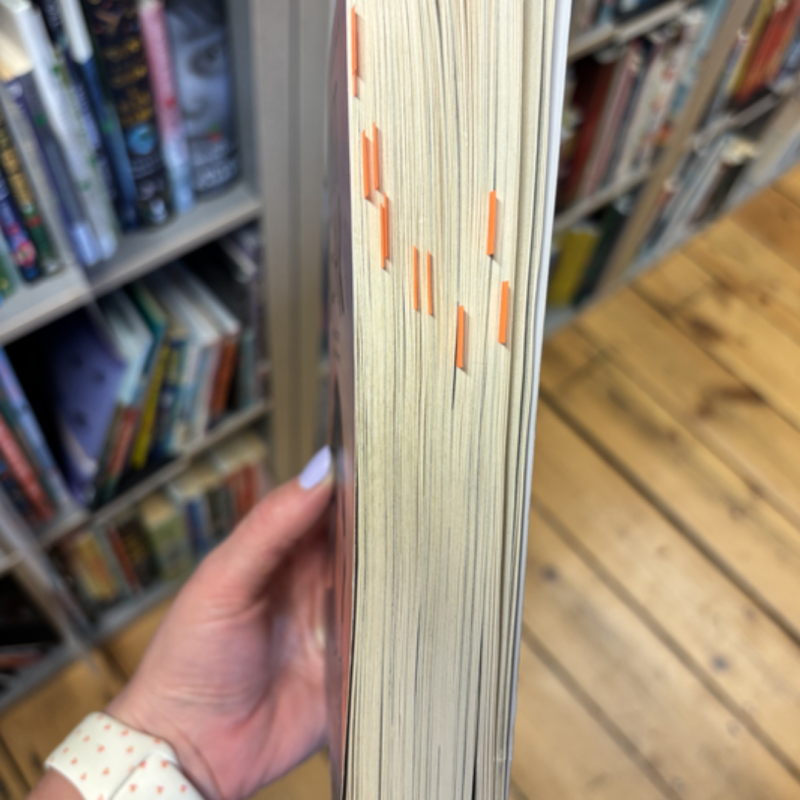
You may choose to continue reading the text after finishing a Writing Root and encourage the children to read like a writer, for example by noticing powerful language choices. When we read like a writer, we write like a reader.
Reducing the cognitive load by orally summarising text can give children greater creativity and freedom in developing their writing skills. We are facilitators of their authorship; providing them with access to great texts, rich vocabulary and inspiring them as authors today.
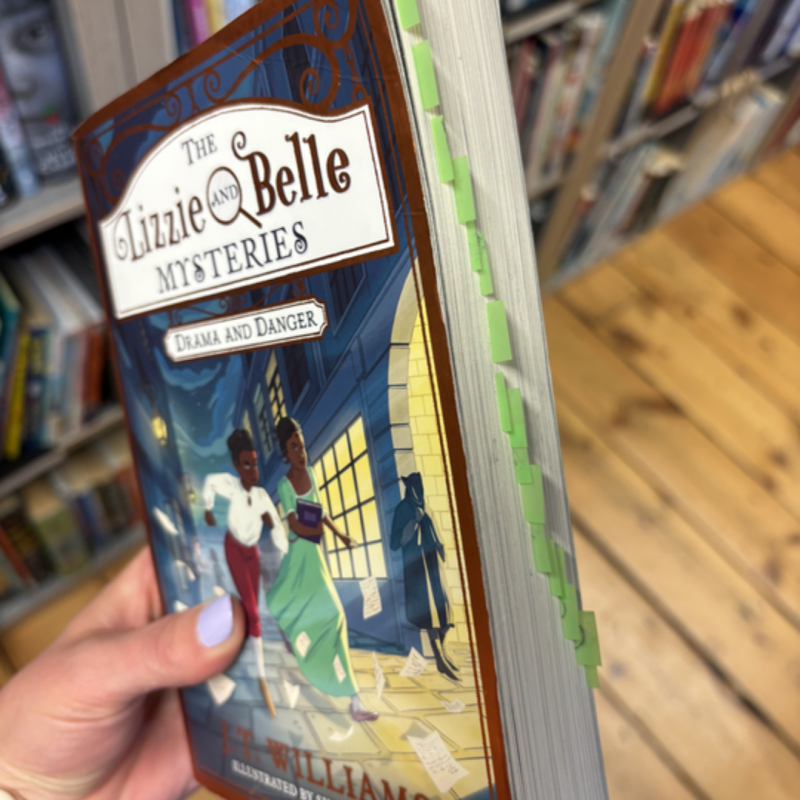

Teaching with longer texts can enrich your curriculum offer and doesn’t need to fill you with a sense of dread, but rather with a sense of excitement at the opportunities that they bring. Which text will you choose next? Head over to the Literacy Tree Website to investigate our wonderful bank of resources and keep your eyes peeled for more updates to come!
Posted in: How to use | Literacy | Classroom